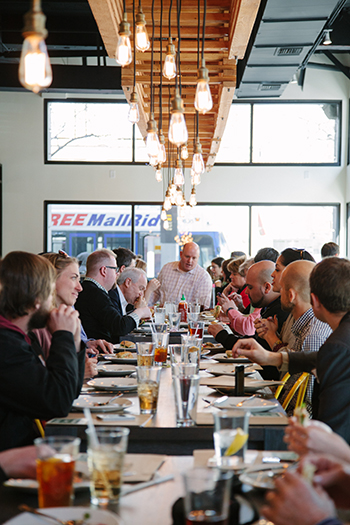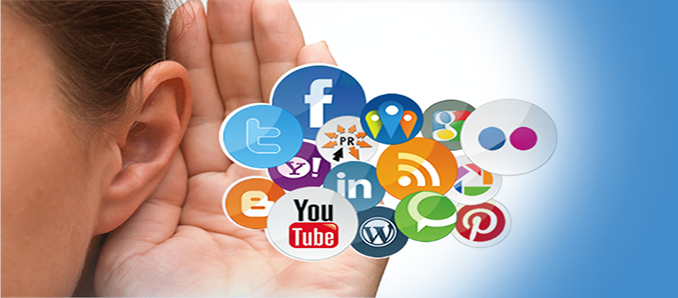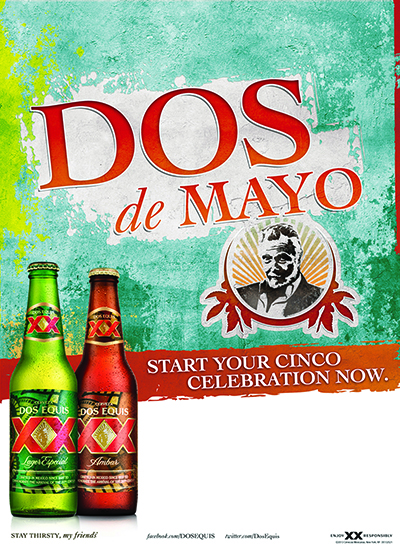Once upon a time, if you wanted food from your favorite restaurant, you had one option: get up, get dressed, and go get it yourself. Takeout, a simple concept, changed the game. Chinese restaurants and pizzerias were among the pioneers, offering quick, convenient meals to customers who wanted to enjoy restaurant-quality food at home. In the 1950s, telephone orders became the norm. Fast forward to the 1990s, and major pizza chains had built entire marketing strategies around the promise of getting a hot meal to your door in 30 minutes or less.
Then came the internet, and everything changed.
The Rise of Online Ordering and Mobile Apps
The early 2000s saw the birth of online food ordering. Instead of shouting orders over the phone and hoping the restaurant got them right, customers could browse digital menus, customize their meals, and pay online. This was the beginning of the modern food delivery revolution. Platforms like Grubhub (founded in 2004) and Just Eat (2001) started making restaurant business logistics smoother. By the 2010s, smartphone apps had taken over, with Uber Eats (2014) and DoorDash (2013) leading the charge.
As technology improved, so did consumer habits. A 2023 survey found that 60% of U.S. consumers order delivery at least once a week, compared to just 25% a decade ago. Mobile apps made ordering more intuitive, with AI-driven recommendations and real-time tracking.
Meanwhile, just as food delivery evolved, so did digital entertainment. For those who love reading while waiting for their orders, platforms like FictionMe offer alpha novels, various fiction and much more. Whether you prefer free novels online always or want to read free novels online between bites, digital platforms are transforming leisure time just as much as food delivery apps are revolutionizing dining.
The Gig Economy Boom and Its Challenges
The food delivery boom wasn’t just about technology—it was about people. The gig economy exploded as platforms relied on independent contractors rather than full-time employees. This model allowed for rapid scaling, with services expanding to cities worldwide almost overnight. But it wasn’t all smooth sailing. Issues like driver pay, tipping policies, and fluctuating delivery fees sparked debates.
Restaurants, too, felt the pressure. On one hand, apps brought in new customers; on the other, delivery fees—often 30% or more per order—cut deep into profits. Some restaurant businesses opted to create their own in-house delivery services to bypass third-party platforms. McDonald’s, for example, launched McDelivery, while Domino’s continued relying on its own fleet of drivers.
Automation, AI, and the Future of Food Delivery
If you think food delivery has peaked, think again. The next phase? Picture this: a future where tasks that once required human sweat and toil are now handled seamlessly by intelligent machines. With AI answers adept at taking orders and kitchen machines cranking out meals, the foodservice landscape is in flux. Imagine cruising down the highway without ever touching the wheel – that’s the freedom self-driving vehicles promise to bring. During the final stretch of delivery.
AI continues to surround us not only in the kitchen, but also in the entertainment industry. For example, book lovers who enjoy fiction on the go can get FictionMe on Google Play and enjoy automatic selections, recommendations, and even create their own versions of books. This is a perfect companion for those who want to read novels online, find novels effortlessly, or explore Android or IOS novels on their devices. Just like food delivery apps, digital books bring convenience to users with just a tap.
But back to food— drone deliveries are no longer science fiction. In 2022, Wing (a subsidiary of Alphabet, Google’s parent company) delivered over 100,000 food and grocery orders via drones in select U.S. Today’s metropolises pulse with energy, signaling a brighter tomorrow. In hard-to-reach places and areas clogged with traffic, companies like Zipline and Flytrex are rolling out drone delivery services to bridge the gap.
Where Do We Go from Here?
Get ready for a seismic shift in the way food is delivered – the industry is primed for a transformation. Advances in AI will soon fire up hyper-targeted recommendations that really hit the mark. Imagine being able to pinpoint the origin of your next meal with absolute certainty – blockchain technology makes this level of transparency a real possibility. And as sustainability becomes a bigger focus, expect more eco-friendly packaging and electric delivery vehicles .
One thing’s for sure—whether it’s a steaming pizza arriving at your door or a novel waiting on your screen, convenience is the future. And for food delivery? The sky (literally) is the limit.








